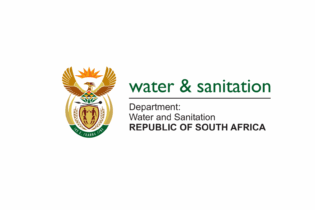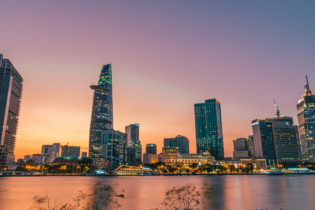Amid challenges such as climate change, disaster reduction and future proofing, is enough being done to preserve our water?
Research by the United Nations Intergovernmental Panel on Climate Change (IPCC) warned that limiting global warming to 1.5°C will require fast, far-reaching and extraordinary changes. What’s more, without sufficient action to address climate and behavioural change, already water stressed regions – including parts of Southern Africa – could become uninhabitable by 2050. For those who remain sceptical on the true impacts of climate change one only needs to point to recent extreme weather events. “From the current drought cycle and the effects of which have been exacerbated by the El Niño, to the polar vortex that is creating a cold, snowy winter for the Northern Hemisphere; these extreme weather changes and conditions are clear indicators of the effects of climate change,” says Alison Groves, Regional Director, WSP, Building Services, Africa.Stuck in a state of disaster management
Karen King, Senior Associate, WSP, Environment & Energy, Africa, argues that the single biggest challenge faced by any water sector is possibly managing available water resources in the country. South Africa is currently rated as the 39th driest country in the world, and in 2016 eight out of nine provinces were declared disaster areas due to ongoing drought. “Though some areas have since had some relief with wetter conditions over the summer months, the rain alone cannot solve all of the country’s constraints or secure enough resources for the future.” “This is especially true if we consider that 98% of the country’s water is already allocated. Where the sense of crisis that we are feeling at present has further been intensified by two fundamental problems; firstly, demand for water services has grown at a faster pace than the infrastructure, and secondly that people use water as though they are living in a water-rich country, with little regard for conservation,” adds King. Government has realised the importance of creating access to and protecting available water resources, and made some of the important initial steps to bring about effective change. However Groves indicates that we are not re-engineering water-wise towns and cities fast enough in response to climate change and droughts. She cites the Western Cape as an example, where successive years of drought brought the City of Cape Town to its knees.King argues that the biggest take away from the Western Cape experience is that government, at all levels, needs to pay more attention to warnings. “The Western Cape Water Reconciliation Strategy, which was published in 2009, clearly stated that the drought preparedness in the region was inadequate. Further to this, and an important lesson, is that governments need to react a lot quicker in terms of implementing water restrictions – and need to have the capacity to keep these in place. A positive learning from the experience, however, is that water consumers are actually capable of reducing their water usage.”








